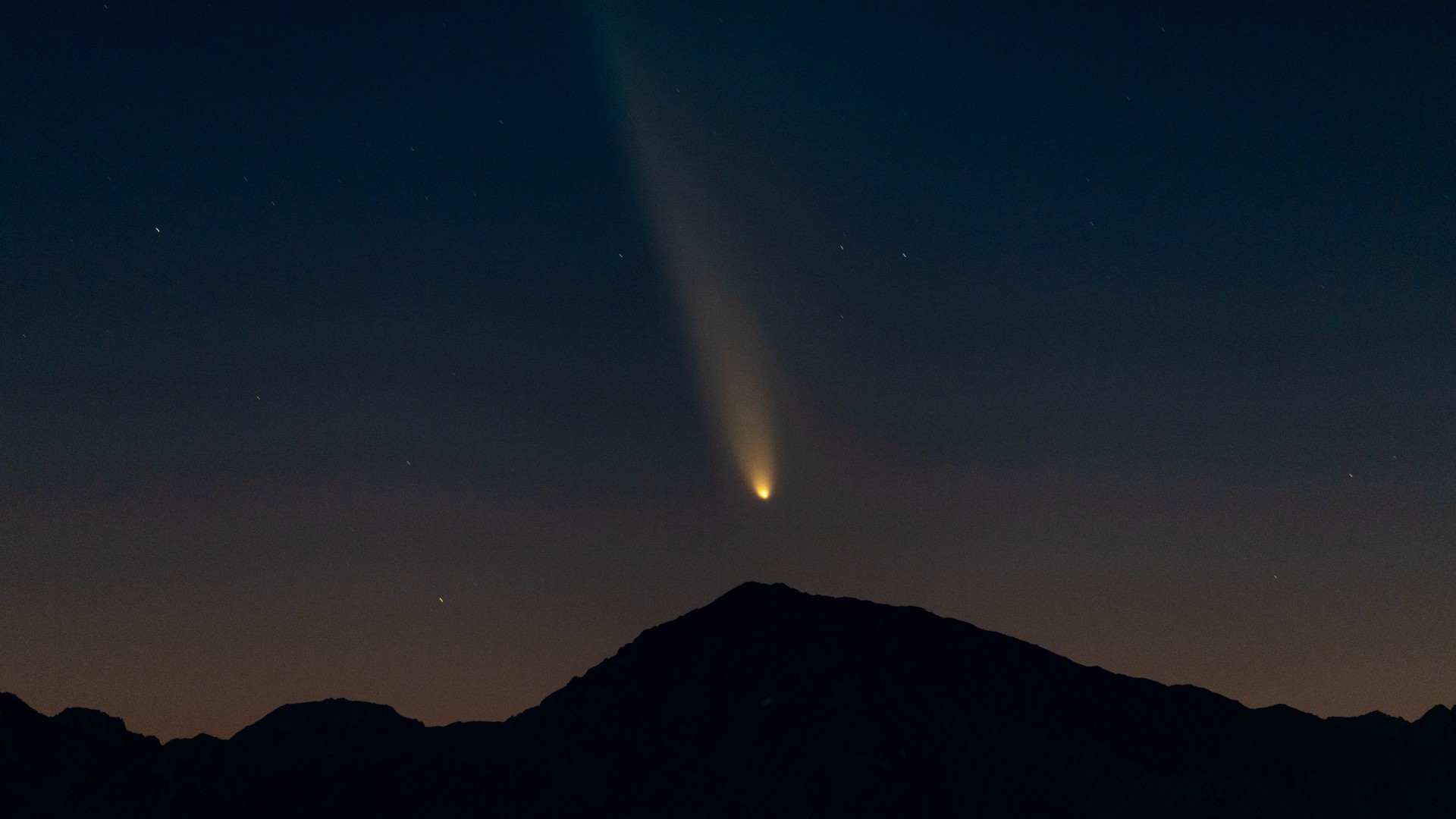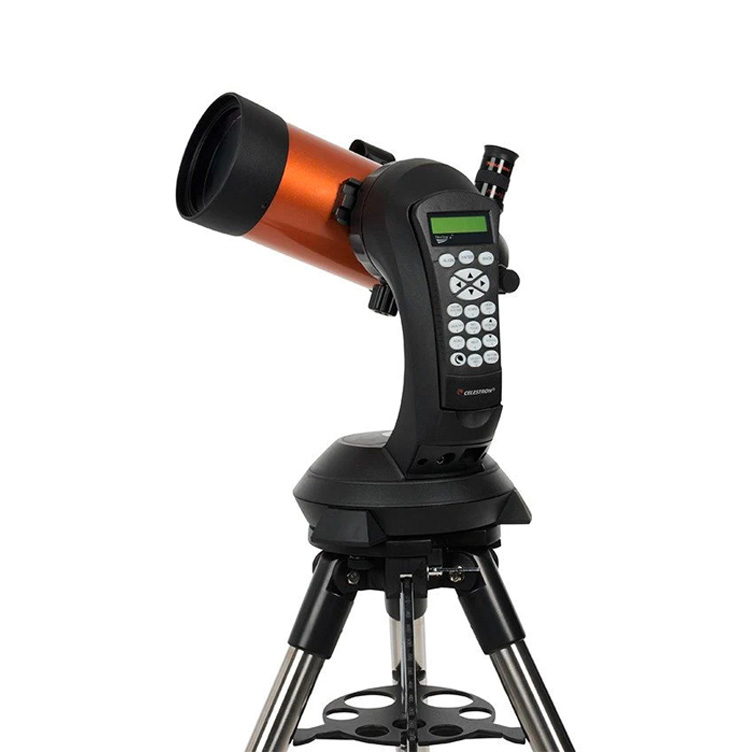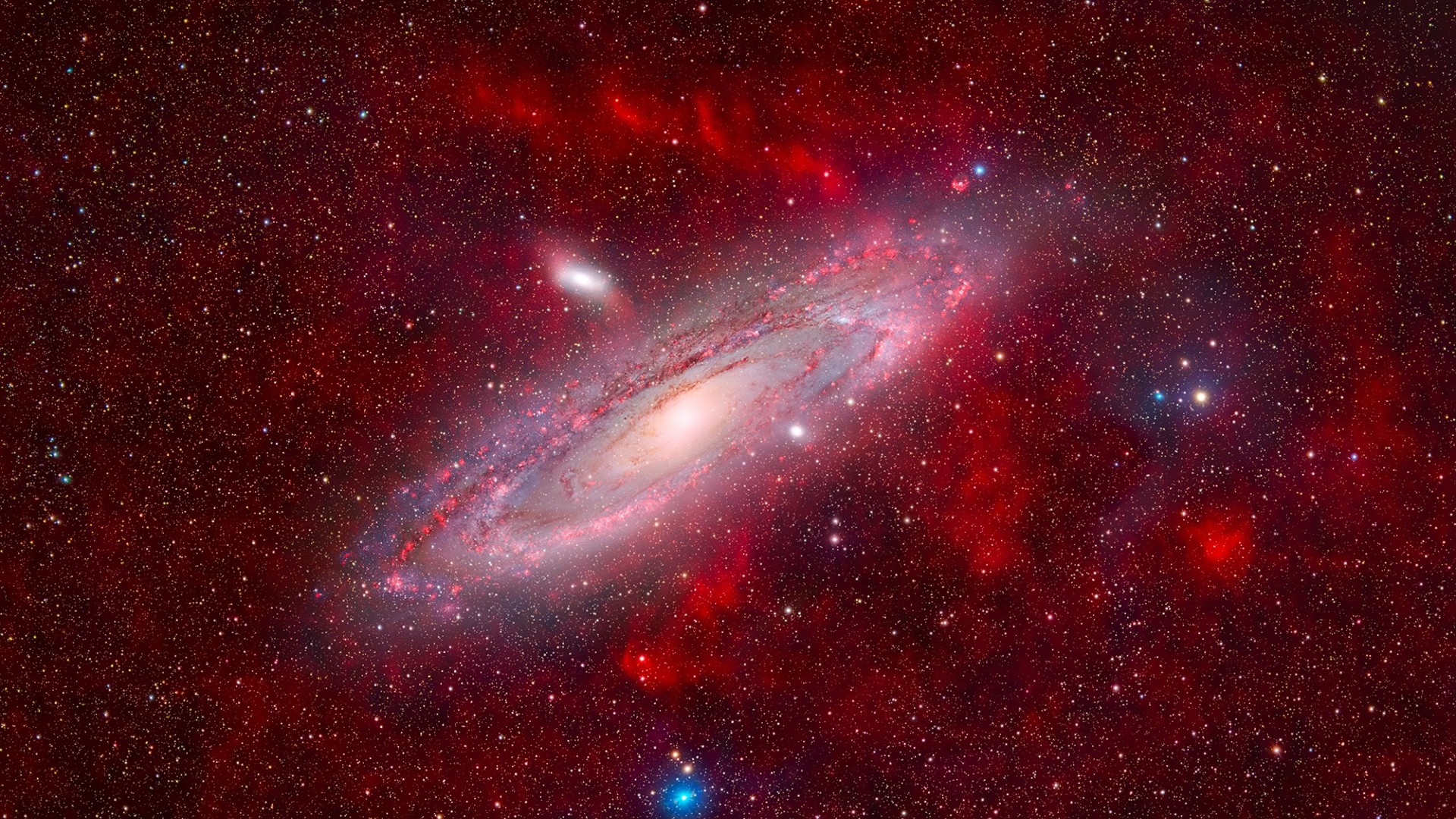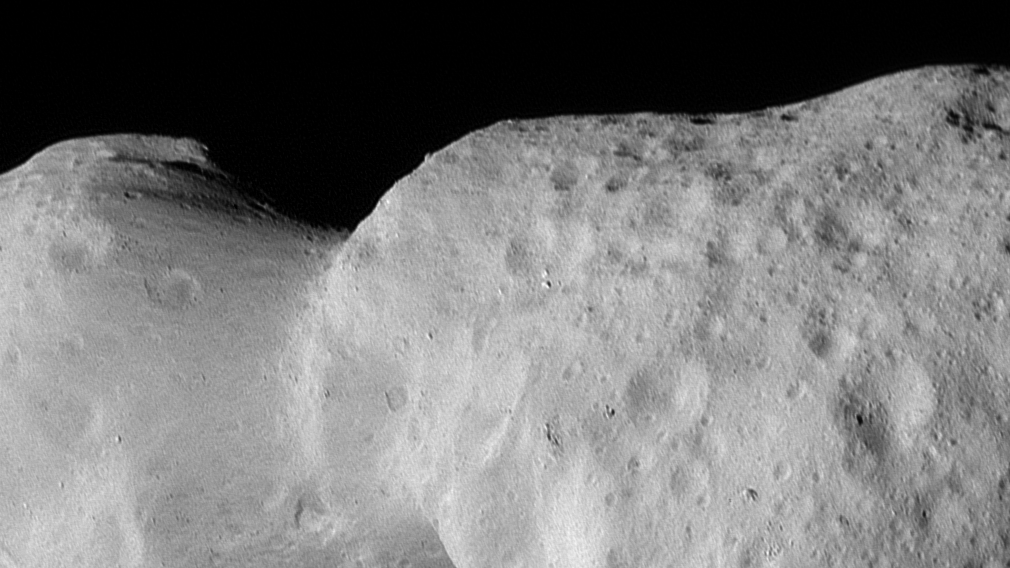Watch Comet Tsuchinshan-ATLAS light up the night sky in free livestream today (video)
The comet will make for an autumn treat today.
Comet C/2023 A3 (Tsuchinshan-ATLAS) is still visible in the night sky, and you can watch it live today thanks to a free livestream.
Comet Tsuchinshan-ATLAS is growing dimmer as it speeds away from Earth. It should be visible through at least Saturday (Oct. 26), but the comet is speeding away from Earth and growing more difficult to see with the naked eye. The comet is currently high in the west at sunset as seen from the mid-latitudes of North America, but is dim enough that a pair of binoculars or small telescope is likely your best bet at this point.
If you'd like a more up-close view of the comet without the need for optics, astronomer Gianluca Masi of the Virtual Telescope Project will be livestreaming telescope observations Comet Tsuchinshan-ATLAS beginning at 2 p.m. EDT (1800 GMT) on Monday (Oct. 21). Watch it live here courtesy of the Virtual Telescope Project or at the project's YouTube channel.


Want to see comets up close? The Celestron NexStar 4SE is ideal for beginners wanting quality, reliable and quick views of the night sky. It's sturdily built, quick to set up and automatically locates night sky targets and provides crisp, clear views of them. For a more in-depth look at our Celestron NexStar 4SE review.
The comet has been putting on quite a show for astrophotographers this year — even in space! The comet passed its closest point to Earth on Oct. 12 and is rising higher in the sky despite growing dimmer over the next week before fading from view with the naked eye.
If you're looking to get a closer view of the full comets or any other night sky objects, our best telescopes for beginners guide can help you find what you need. And if something more portable is your preference, check our our best binoculars guide.
Editor's note: If you take a stunning photo of comet Tsuchinshan-ATLAS and want to share it with Space.com, send images and comments to our skywatching inbox at spacephotos@space.com.
Get the Space.com Newsletter
Breaking space news, the latest updates on rocket launches, skywatching events and more!
Join our Space Forums to keep talking space on the latest missions, night sky and more! And if you have a news tip, correction or comment, let us know at: community@space.com.

Brett is curious about emerging aerospace technologies, alternative launch concepts, military space developments and uncrewed aircraft systems. Brett's work has appeared on Scientific American, The War Zone, Popular Science, the History Channel, Science Discovery and more. Brett has English degrees from Clemson University and the University of North Carolina at Charlotte. In his free time, Brett enjoys skywatching throughout the dark skies of the Appalachian mountains.










